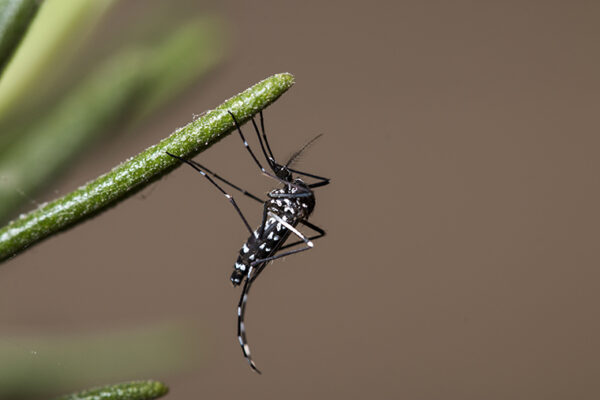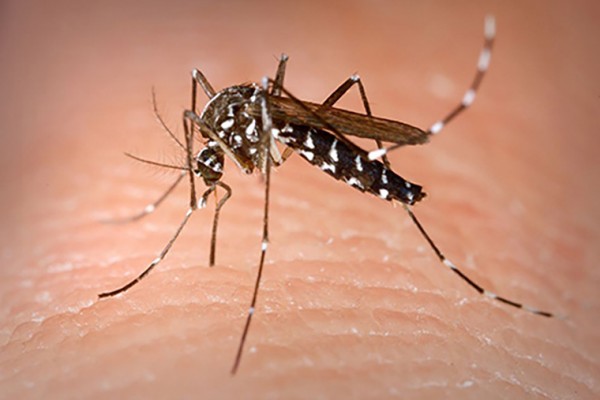Mosquitoes push northern limits with time-capsule eggs to survive winters
New Arts & Sciences research from Washington University in St. Louis shows that invasive mosquitoes at the northern limit of their current range are surviving conditions that are colder than those in their native territory. This new evidence of rapid local adaptation could have implications for efforts to control the spread of this invasive species.
New life for endangered coastal lupine
A rare, coastal flowering plant known as Tidestrom’s lupine — threatened by native deer mice that can munch up to three-quarters of its unripe fruits under cover of an invasive beachgrass — has been given a new life with the large-scale removal of that grass, a long-term study in the journal Restoration Ecology shows.
Hot on the trail of the Asian tiger mosquito
The Asian tiger mosquito (Aedes albopictus) was spotted in Houston in 1985 but can now be
found in all of the southern states and as far north as Maine. To reconstruct its spread, scientists turned to the new discipline of landscape genetics.
Correlating genetic patterns with landscape patterns, they concluded
that the mosquito had hitched a ride along highways. One of only a handful of landscape genetics studies to track an invasive species, this is the first to detect hitchhiking.


